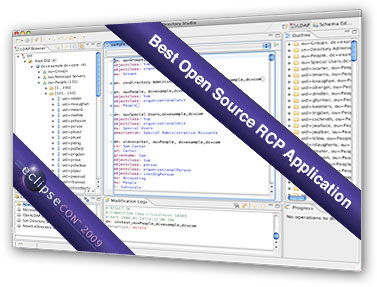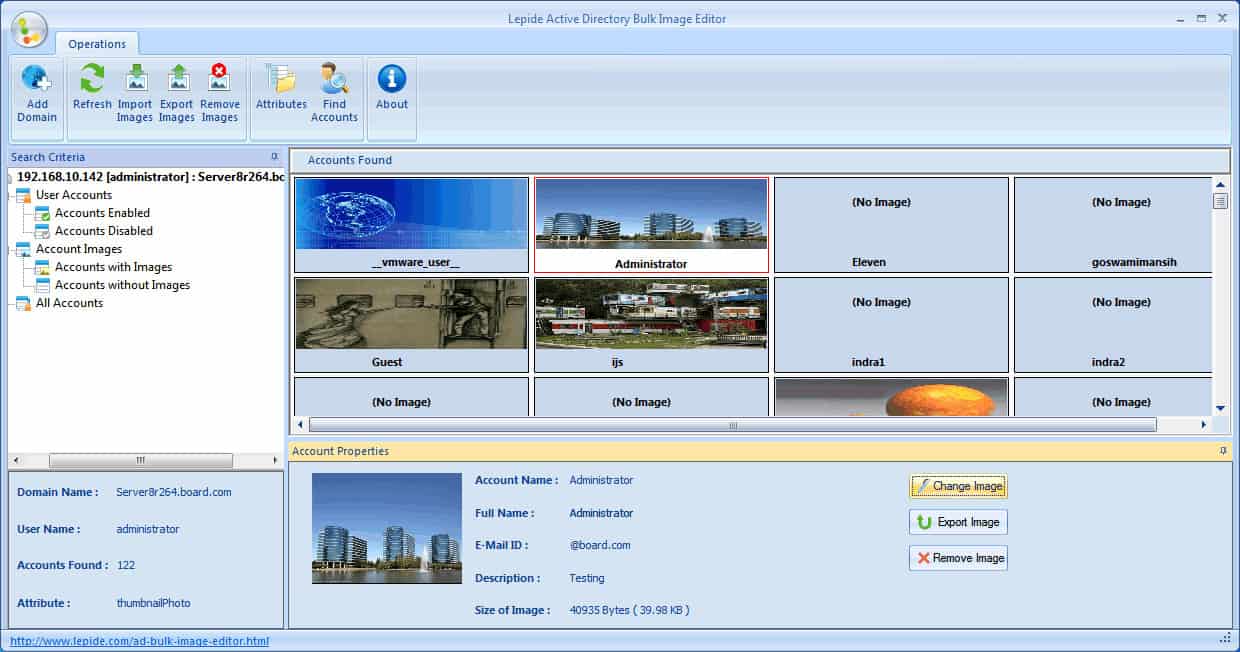
The tool is designed to access LDAP databases, as the name indicates. This is a tool that is developed and distributed by Microsoft.

I will not go into what people might use the information for, but here is a partial list of what type of information is stored in the database: Information about users, groups, and computers are stored within the database, some of which can be very useful for someone who is trying to gather information about the organization and the network. However, there is still enough similarity from the Microsoft version to other versions that they can cohabitate on the same network and even share information.Īctive Directory is nothing but a database, which has many different bits of information stored within it. Of course, like all of the other operating system vendors, Microsoft has made their implementation of LDAP proprietary in some areas. LDAP is an industry standard protocol and nearly all network directories now use LDAP.
#Active directory ldap query tool free update#
In order to update Active Directory objects (users, groups, computers, etc.) or query information about an existing object, you must use LDAP (lightweight directory access protocol).
#Active directory ldap query tool free how to#
At the end, I will give you some direction on how to protect yourself against this vulnerability.Īctive Directory is responsible for storing user, group, and computer accounts, as well as authenticating users and computers so network access can be granted. Anyone can download and run this tool from any Windows computer. In this article, I am going to expose the issues related to LDAP and Active Directory, using a free Microsoft tool called LDP.exe. Microsoft seems to be highest on the list, but that is just because it is everywhere, unlike other operating systems which have some market share, just not the volume that Microsoft does (IMHO).

Every operating system has flaws and every operating system has vulnerabilities. With this said, it is key to understand the security issues implications, whether you are aware of them or not. This does not mean that there are no other popular network directories, but Microsoft’s Active Directory (AD) runs most corporate networks. Active Directory is the most popular network directory used by corporations throughout the world.


 0 kommentar(er)
0 kommentar(er)
